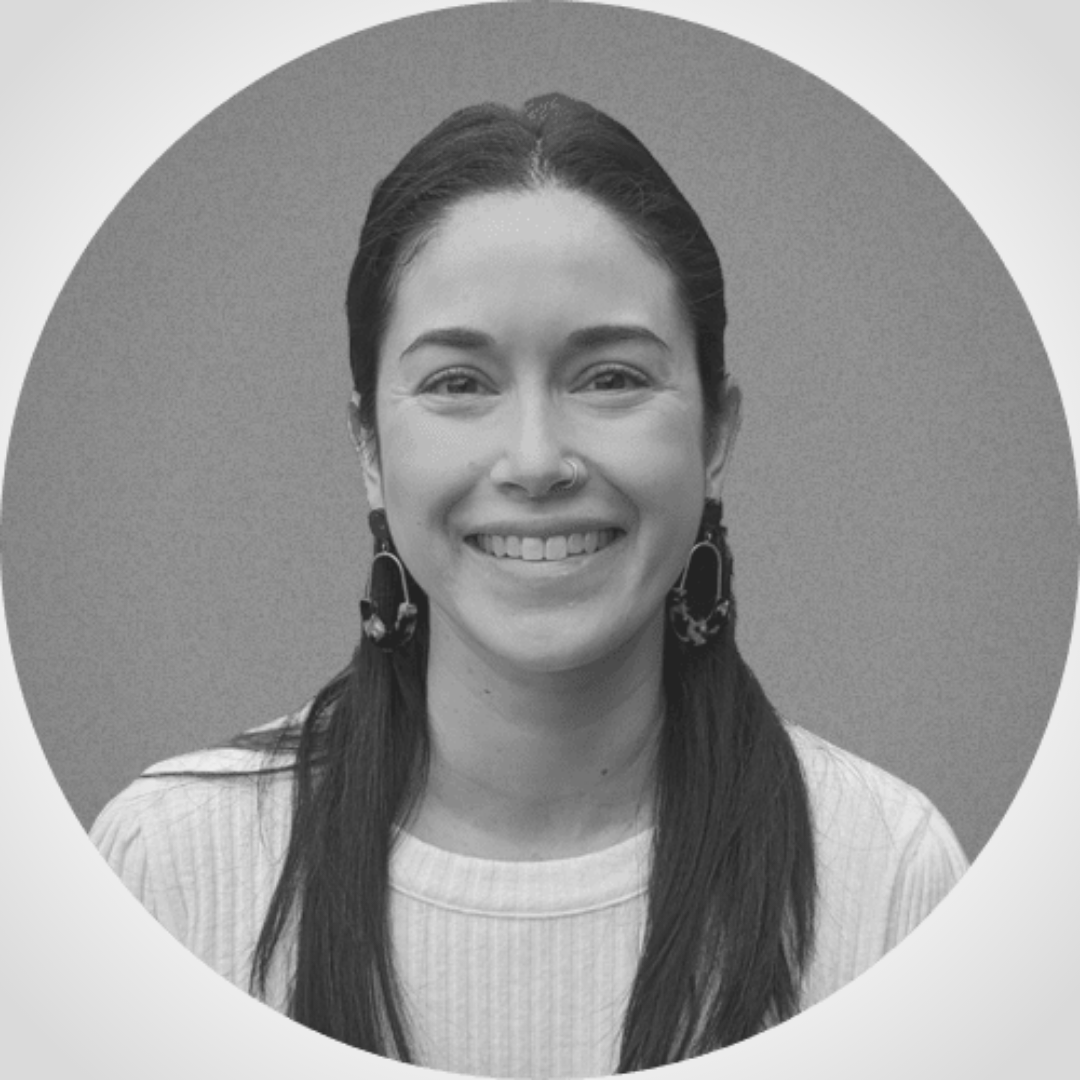


There is a revolution happening in the C-suite that has been building for some time, and we are now seeing the changes. We call it CPO Rising.
Meta Product Leader Yun-Kuan Lin shares observations on how product teams evolve and the difference in leadership skills at each growth stage
How can product leaders gain valuable feedback from customers? Britt Myers shares user interview strategies to improve the product lifecycle.